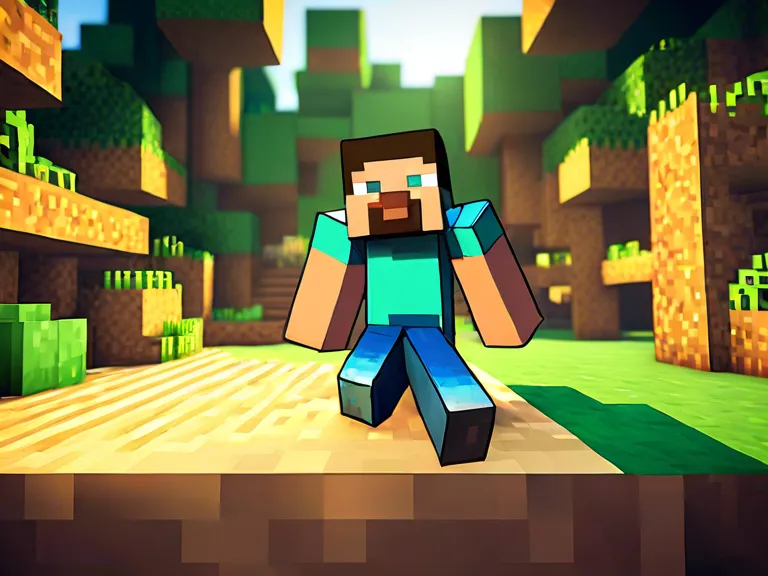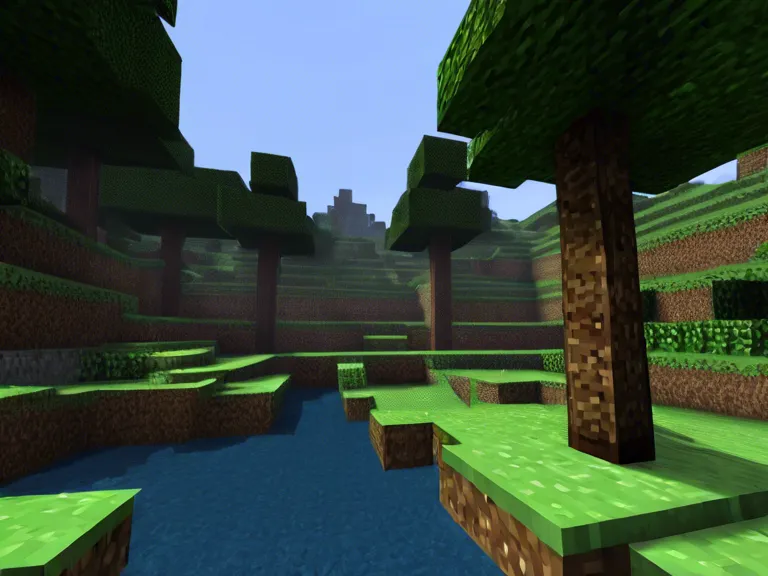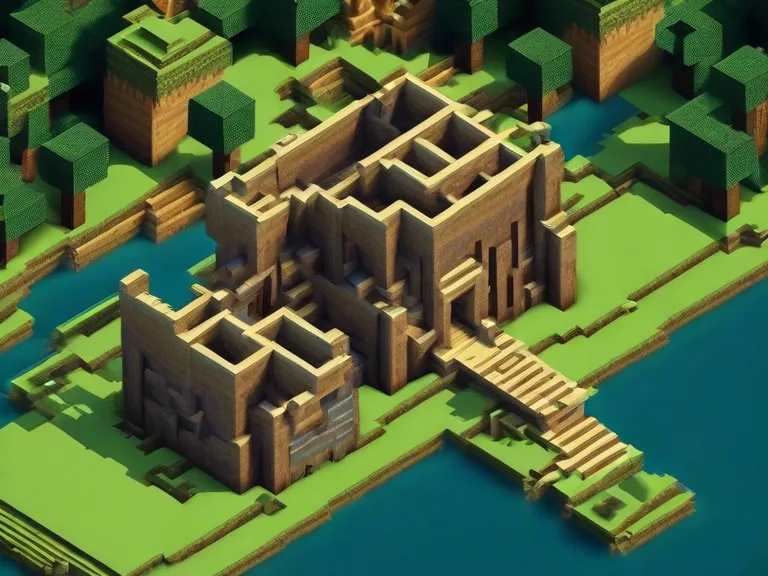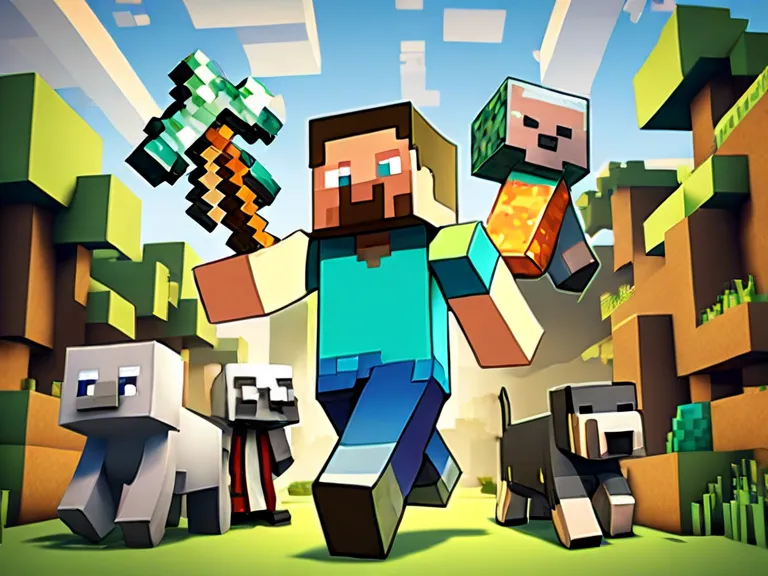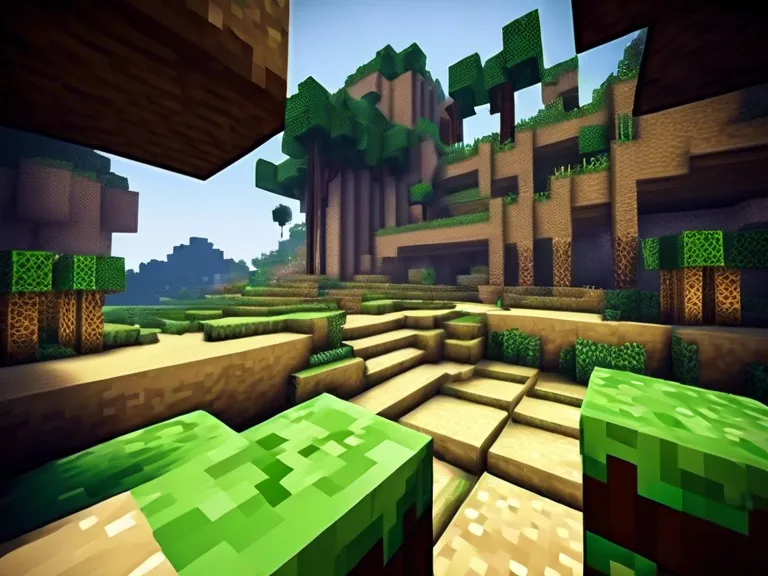
Over the years, the gaming industry has witnessed incredible advancements in technology, shaping the way we play and experience games. One game that stands out as a prime example of technological innovation is Minecraft. As a sandbox game created by Mojang Studios, Minecraft has not only revolutionized the gaming world but also provides insight into the future of gaming tech.
Minecraft was initially released in 2009, and since then, it has evolved significantly. At its core, Minecraft is a game that allows players to build and create virtually anything they can imagine using blocks. This simplistic premise has captured the hearts of millions of players worldwide and has become a cultural phenomenon.
One of the key aspects of Minecraft's success lies in its adaptability to new technologies. The developers have continuously updated the game to incorporate new features and mechanics, keeping it fresh and engaging for players. From the introduction of new biomes, creatures, and tools to the implementation of virtual reality and augmented reality, Minecraft has embraced cutting-edge technology to enhance the gaming experience.
Furthermore, Minecraft has also become a platform for education and creativity. Many educators have utilized the game as a teaching tool, helping students develop critical thinking, problem-solving, and collaboration skills. Additionally, the game has inspired countless players to express their creativity through building impressive structures, creating intricate redstone contraptions, and even developing their own mods and game modes.
As we look to the future of gaming tech, Minecraft serves as a prime example of what is possible. With the rise of virtual reality, augmented reality, artificial intelligence, and other emerging technologies, we can expect to see even more incredible advancements in the gaming industry. By understanding the evolution of Minecraft and how it has embraced innovation, we can anticipate a future where gaming becomes more immersive, interactive, and inclusive.
